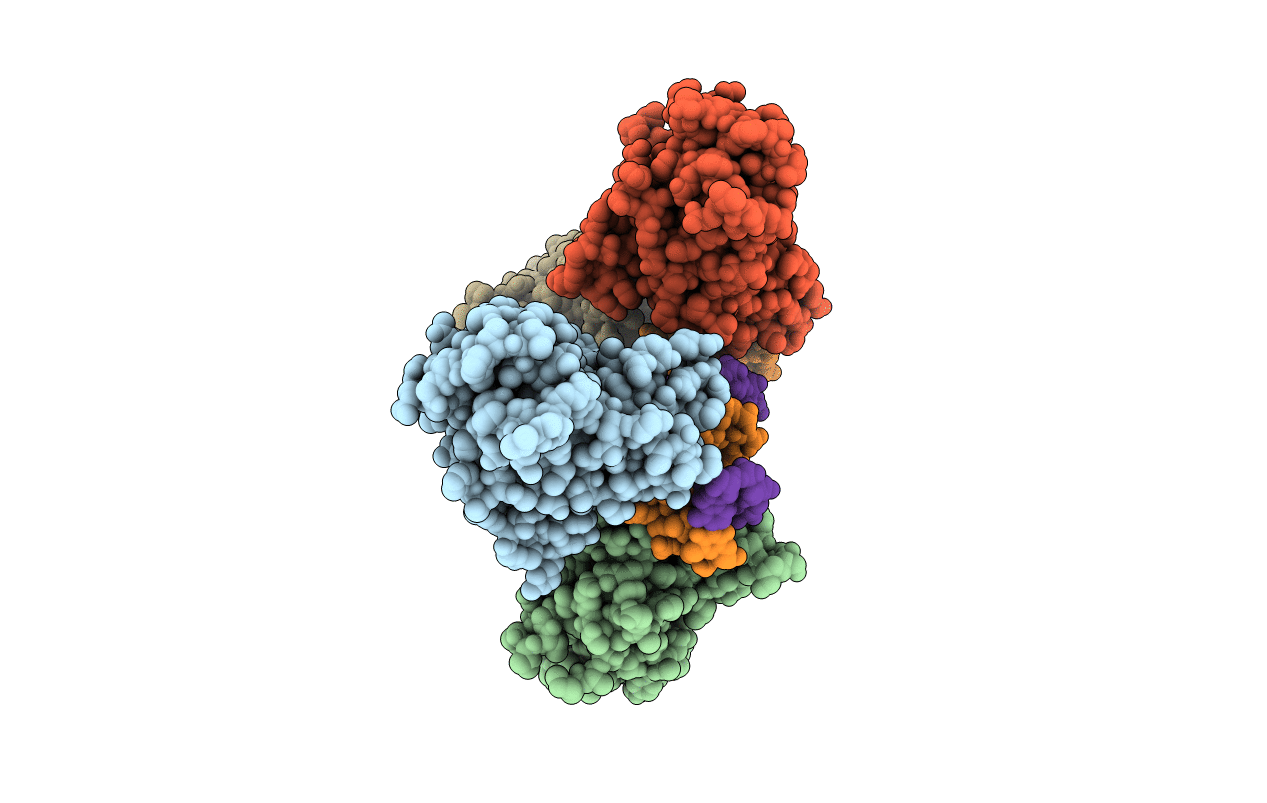
Deposition Date
2011-03-03
Release Date
2011-04-06
Last Version Date
2023-09-13
Entry Detail
PDB ID:
3QYN
Keywords:
Title:
Structure of p63 DNA Binding Domain in Complex with a 22 Base Pair A/T Rich Response Element Containing 2 Base Pair Spacer Between Half Sites
Biological Source:
Source Organism:
Homo sapiens (Taxon ID: 9606)
Host Organism:
Method Details:
Experimental Method:
Resolution:
2.50 Å
R-Value Free:
0.24
R-Value Work:
0.21
R-Value Observed:
0.21
Space Group:
P 63


